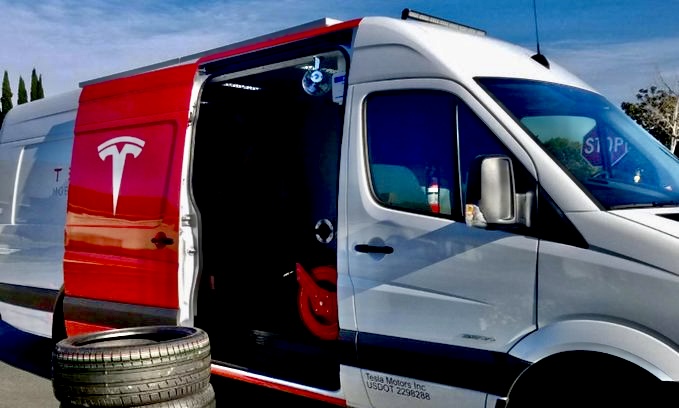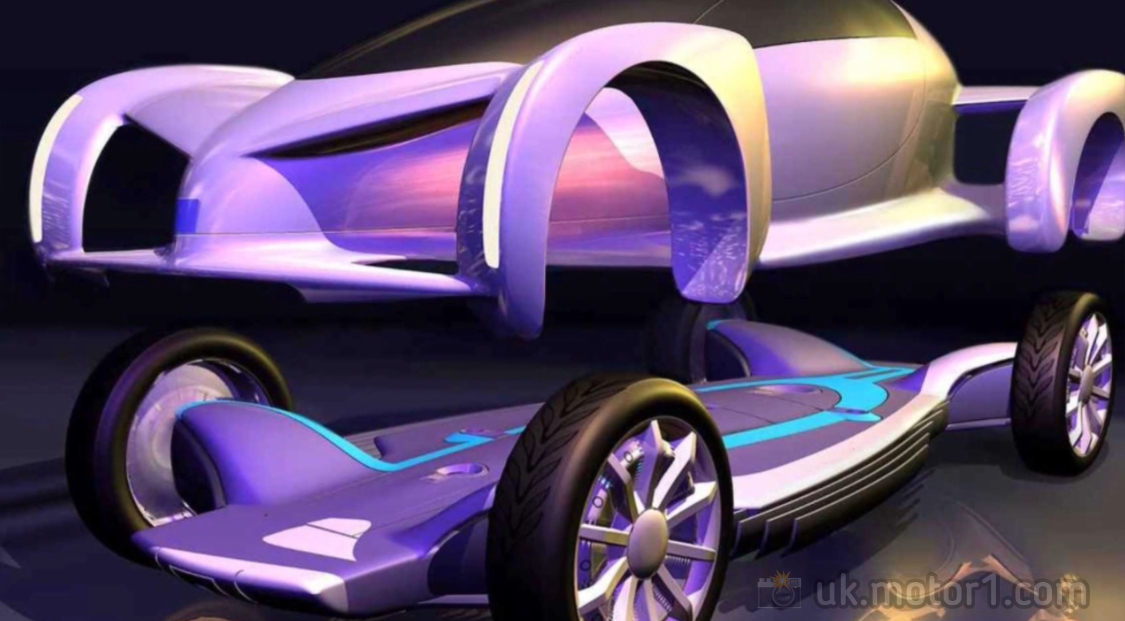🎶 Once upon a time, not so long ago….Tommy used to work at the plant, union’s been on strike…🎶
He’s down on his luck, it’s tough, so tough…
On Sept. 15, 2023, workers at some Ford, Stellantis and GM plants have walked off the job, causing production to stop at some of the automakers’ plants, including those that produce EVs. This UAW strike is the first time in the union’s history that it has struck all three of the Detroit automakers at the same time. The strike is a sign of the deep dissatisfaction that many workers have with their pay, benefits and working conditions. According to AP News, “The strikes are limited for now to three assembly plants: a GM factory in Wentzville, Missouri, a Ford plant in Wayne, Michigan, near Detroit, and a Jeep plant run by Stellantis in Toledo, Ohio”. Additionally, the article stated that “Union President Shawn Fain says workers could strike at more plants if the companies don’t come up with better offers. The workers are seeking across-the-board wage increases of 36% over four years; the companies have countered by offering increases ranging from 17.5% to 20%”.
What could happen to vehicle pricing?
The UAW strike could seriously impact the car market in the near term; it’s possible that we could see another case of the crazy high prices that we saw during COVID. A prolonged strike could reduce the supply of new cars, while also increasing demand for used cars- driving up prices for new and used cars like we saw during the pandemic. Higher costs are also affected by the outcome of negotiations, including new pay/benefits and sucking up the cost of production loss. It’s important to note that the car market is very different today than it was during COVID, but some outcomes may be similar. During COVID, there were many reasons for the the high car prices, including supply chain disruptions, increased demand for personal vehicles and low interest rates.
What might happen to EV projections?
Companies will likely adjust their EV projections during the strike based on how long it lasts, the impact on production and the outlook for demand. In the short term, these companies may focus on their ICEs in order to maintain revenue and cash flow. This could include increasing production of ICE vehicles or offering discounts and incentives on ICE vehicles. That’s not to say that these manufacturers will abandon their EV plans, they may adjust their forward-looking statements and projections. Unfortunately, the strike could also delay the launch of new EV models and/or the manufacturer could choose to focus on high-margin EVs to maintain some profitability while producing less, making it harder for the average consumer to buy.
What might happen to the EV revolution?
A delay of electric vehicle production could have a negative impact on the overall push for EVs. EVs are seen as the future and a key part of the solution to climate change. Not only could the delay of EVs affect the buyers, sellers and production, it could slow down the progress towards climate goals. But, the electric vehicle market is still growing rapidly. The forces that are driving demand are still in play, such as government subsidies, lower operating costs and environmental concerns. The good news is the auto industry is investing heavily in EV production and will continue to grow in the long term, even if there are some delays in the short term.
Hoping a solution is found soon and that no other factories decide to follow suit.
Go electric ✌️
You must be logged in to post a comment.
You May Also Like
allEVehicles.com®, thatEVgirl® is a trademark of allEVehicles.com, Inc.
Designated trademarks and brands are the property of their respective owners.





There are no comments or questions yet.